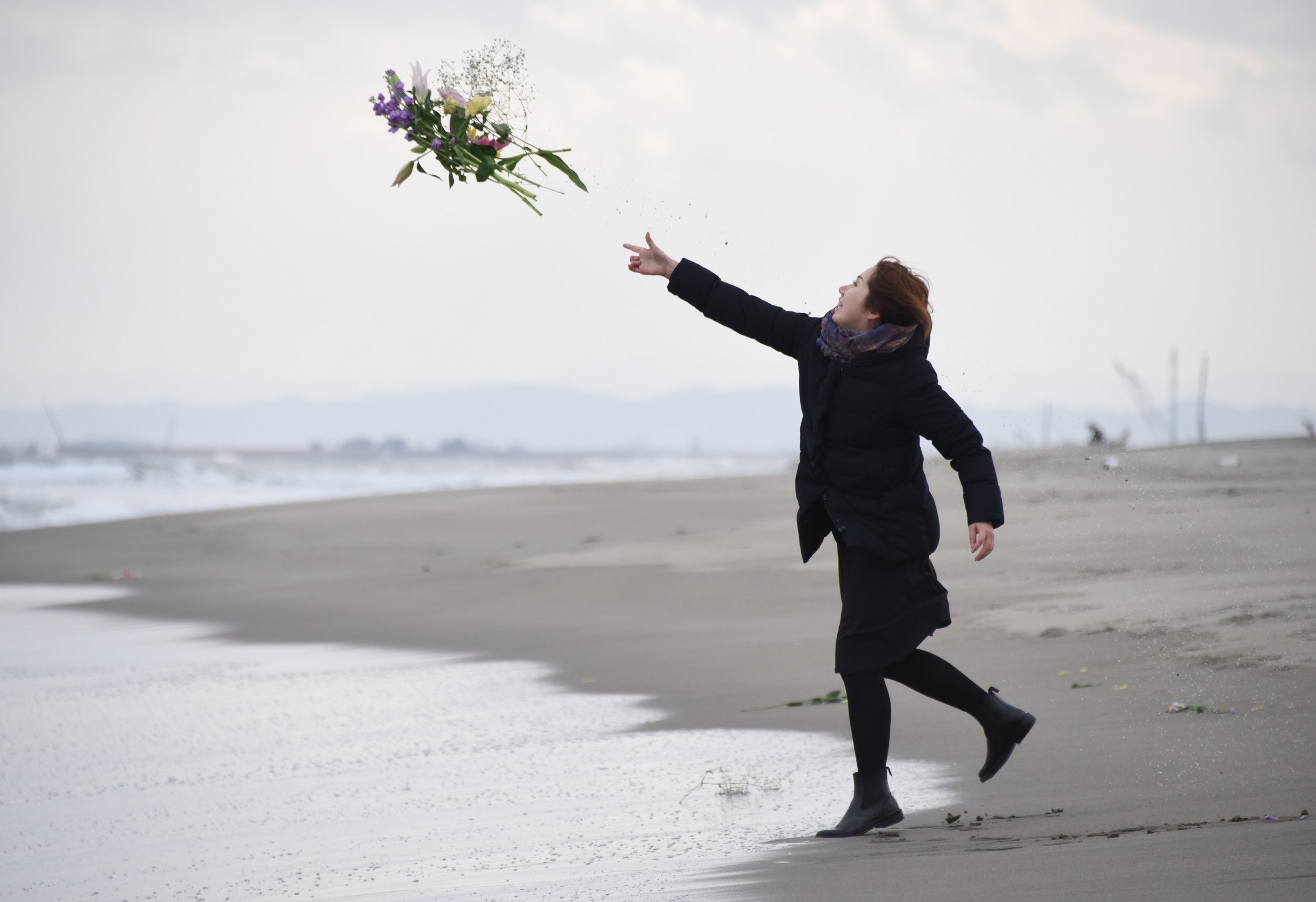
It's been six and a half years since the giant one-two punch of an earthquake and a tsunami caused a partial meltdown at Japan's Fukushima Dai-ichi nuclear power plant. In that time, scientists have identified a broad range of consequences, from unrecognized leaks of radioactive water, to a continuing wave of plastic debris carrying new species across the ocean, to the first confirmed case of cancer caused by the incident.
Now, according to a new paper published in the Proceedings of the National Academy of Sciences, there's one more to add to the list: radioactive cesium atoms leaching into the ocean as far as 60 miles away from the plant.
Cesium is a natural element found in low levels in Earth's crust. But radioactive cesium is a different story—that version can be created only by detonating nuclear weapons or splitting uranium to make nuclear power. Humans who come in contact with radioactive cesium in large enough quantities can suffer from nausea, diarrhea and other health impacts.
That shouldn't happen as a result of this newly identified cesium seep, according to the paper. "No one is either exposed to, or drinks, these waters, and thus public health is not of primary concern here," the co-authors wrote. At least two of the beaches they tested were popular resort sites before the tsunami, but the cesium is held below the surface. Nevertheless, the authors point out that about half of the planet's 440 nuclear reactors are perched on a coastline—which means that this problem could reappear, and should be addressed in construction and emergency plans.
The scientists behind the new paper took samples of groundwater at eight beaches around the site of the nuclear power plant, then checked how much radioactive cesium the water contained. They found higher levels of it in that sandy groundwater than in the ocean, rivers, or inland groundwater that also serves as drinking water—in fact, the beach groundwater is even 10 times more radioactive than the ocean directly next to the Fukushima plant.

With the help of some lab experiments, the team realized the secret was the sand: Right after the earthquake, tsunami, and meltdowns, seawater carried radioactive cesium onto the beaches. Under low-salt conditions, cesium can cling to particles of sand, trapping the radioactivity at the coast. But in the years since the accident, the beaches have been washed by salty seawater, which lets the cesium float free again into the ocean.
Although that leaching has slowed since the immediate aftermath, it's a significant source of radioactivity that had previously gone unnoticed—and if the phenomenon happens again elsewhere, it may not be as benign.
Uncommon Knowledge
Newsweek is committed to challenging conventional wisdom and finding connections in the search for common ground.
Newsweek is committed to challenging conventional wisdom and finding connections in the search for common ground.
About the writer
Meghan Bartels is a science journalist based in New York City who covers the science happening on the surface of ... Read more
To read how Newsweek uses AI as a newsroom tool, Click here.








